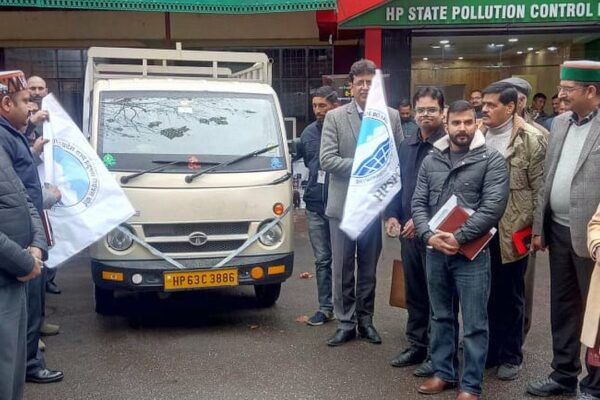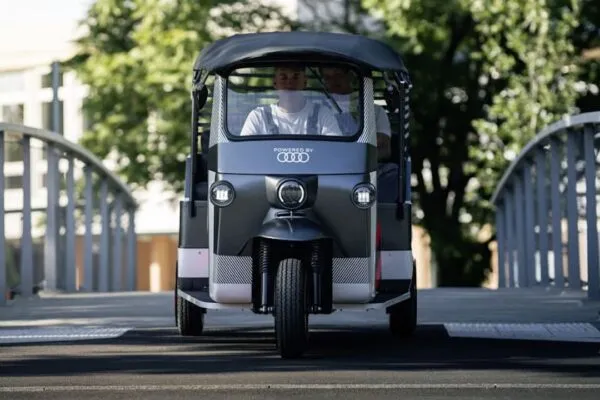E-waste explosion not just polluting India, but also killing informal recyclers
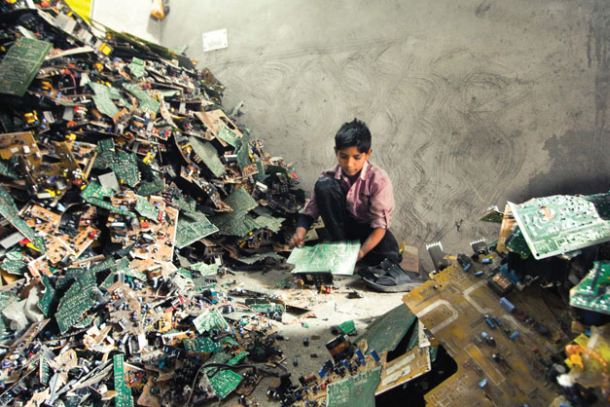
United States and China contribute 32% of global e-waste generated presently. India is happy to be at number five with just 5 % contribution.
However, the worst is still to come. The electronics boom has just begun in India. The economic development and lowering rates of electronics mean more Indians are able to afford TVs, smartphones, home appliances, computers, gadgets etc.
Presently, India is generating just 1.7 million tones e-waste, but as the Global E-Waste Monitor 2014 report compiled by the United Nations University, India’s annual e-waste generation will surpass 50 million tones by 2018. That means India will leave China and U.S. far behind in ranking of world’s most polluting nations.
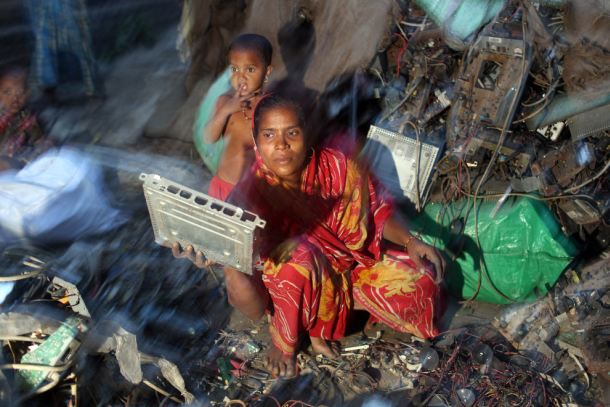
You might be aware of the fact that e-waste includes huge amount of lead, cadmium, and mercury. According to a study on ‘Electronic Waste Management in India,’ conducted by the Associated Chambers of Commerce and Industry of India (ASSOCHAM), about 76% of e-waste workers in India are suffering from respiratory ailments. That’s a bad news for India because e-waste recycling is still not organized and regulated. About 90.5% of discarded electronics are handled by informal rag-pickers or junkies. The formal recycling market is limited to trivial 1.5% mark. Rest of the 8% goes into landfill.
This labor also include children working amidst the piles of e-waste employed for extracting precious metals like silver, gold, platinum etc.
Most of this labor is unaware of health hazards posed by e-waste.
The list of ailments includes breathing difficulties, irritation, coughing, choking etc. Most of the informal recyclers were found suffering from asthma and bronchitis along with a detrimental effect on the respiratory, urinary and digestive systems.
A long exposure to e-waste during unsafe recycling can lead to nervous system damage and ill effects on blood systems, kidneys ad brain development, even lung cancer.
It’s a very normal seen to see children and junkies collecting discarded electronics and handling them without any clue about preventive techniques. Moreover, the government isn’t showing any sign of taking some measures to regulate e-waste recycling. Meanwhile, India has emerged as the hottest market for cellphone manufactures. The nation’s love with gadgets is still in infancy.
There is a lot more to come. Indian landfill will be overflowing with discarded printed circuit board (PCB), motherboards, plasma televisions, cathode ray tubes (CRT), discarded computer monitors, air conditioners, refrigerators, mobile phones and chargers, compact discs, headphones, LCD and so on.
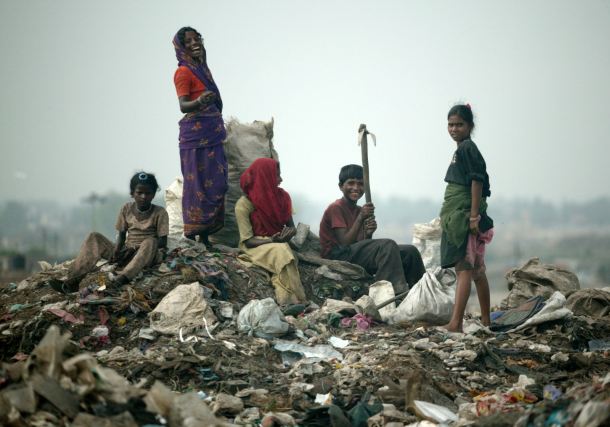
So, India has two critical issues to attend; health hazard and organization of formal recycling management. About 40% of the lead and 70% of the heavy metals that you’ll find in any landfill comes from E-waste. These toxics mix up with ground water, contribute in air pollution and lead to soil acidification.
If not for the environment, then for the sake of child labor forced into informal and unsafe e-waste dismantling, India must act now. If anyone has doubts about these stats of facts, then do visit Seelampur, India’s largest e-waste dismantling market. Children can be seen scratching and dismantling discarded electronics for precious metals.
That’s not all. There is one more loophole in India’s import policy. A huge amount of e-waste is exported from developed countries to India for dumping. It’s illegal, but still these countries manage to take advantage of loopholes in its e-waste recycling and dumping regulations.
Credits: ZdNet
